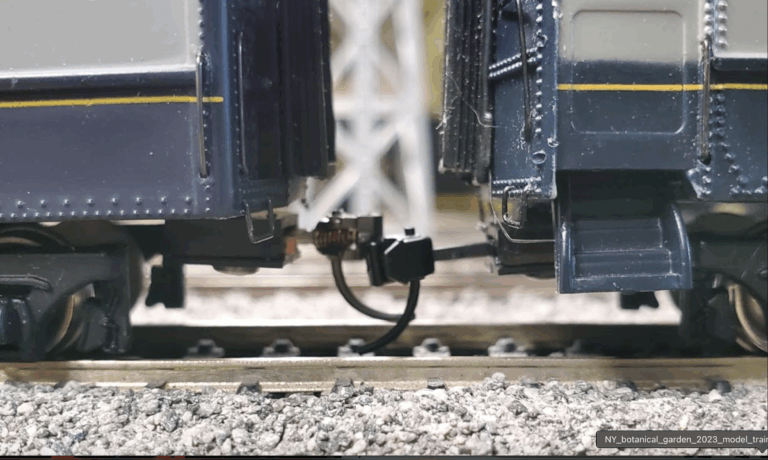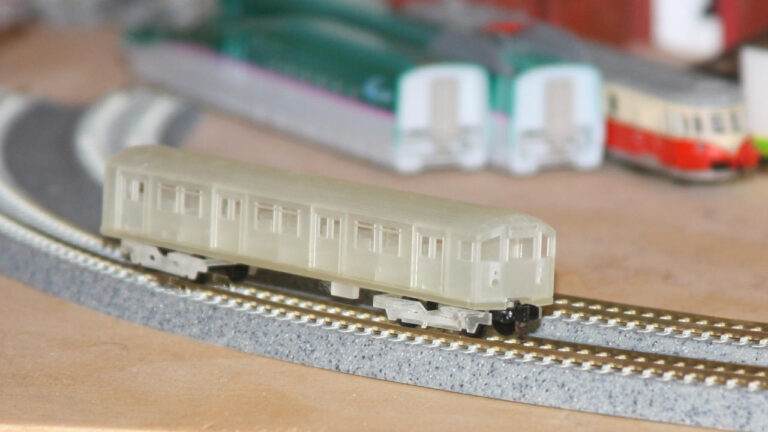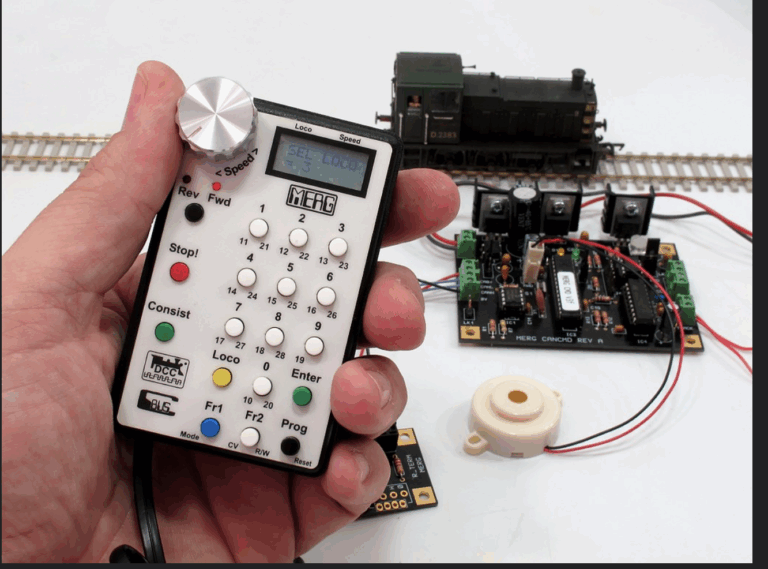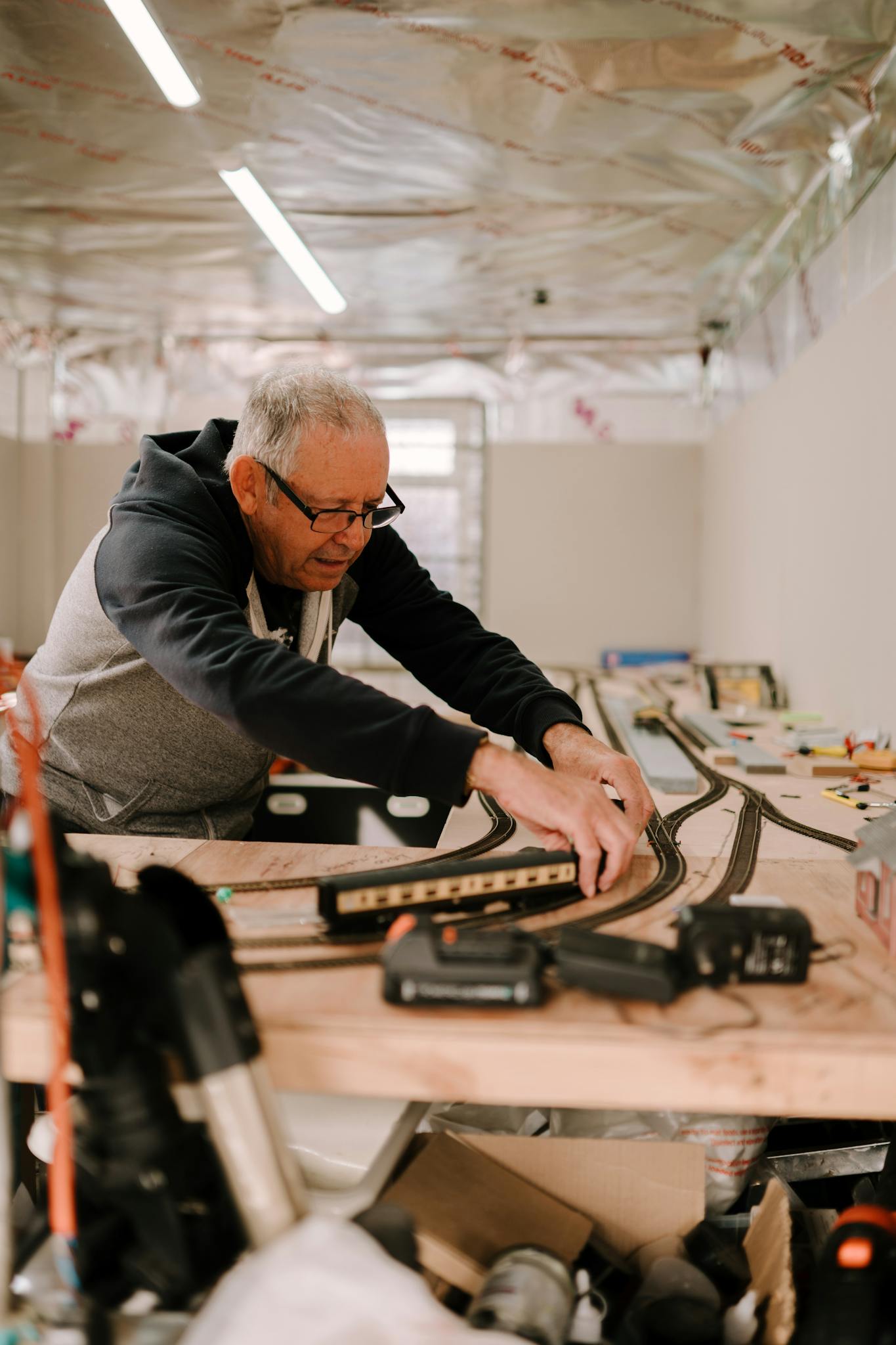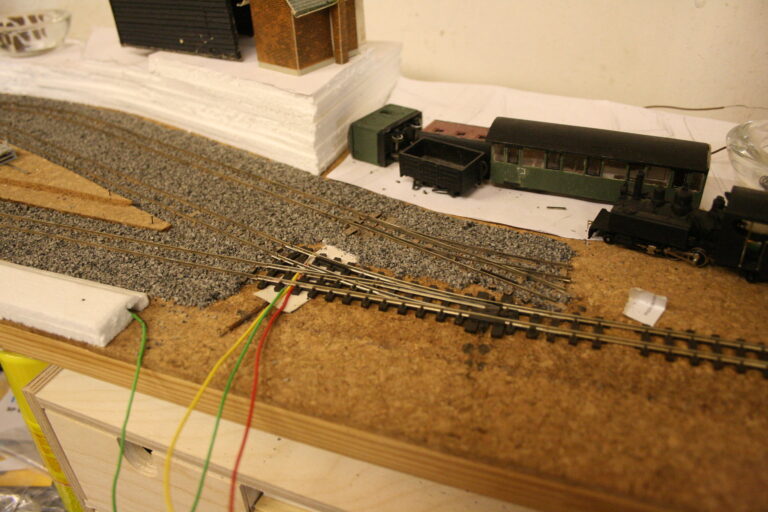How Do Model Trains Work? A Simple Explanation for Beginners
A clear explanation of how model trains function, designed to help beginners understand the basics without confusion.

Model trains have fascinated hobbyists for over a century. But if you’re just getting back into the hobby or starting fresh, you might be asking: how do model trains actually work?
This article breaks down the core concepts in plain language—no engineering degree required. We’ll cover how electricity powers the trains, the differences between control systems, how layouts are wired, and whether your locomotives can handle inclines. You’ll also find links to more in-depth resources if you want to go deeper.
How Are Model Trains Powered?
At the most basic level, model trains run on electricity. That power comes through the metal rails of the track, which conduct current from a power source to the train’s motor.
Most model train systems fall into two categories:
- Direct Current (DC) — The traditional method.
- Digital Command Control (DCC) — A more modern and flexible option.
DC: Simple but Limited
In a DC setup, power flows in one direction to move the train forward and the opposite to make it go in reverse. The voltage level determines the train’s speed.
This system is easy to understand but comes with limitations. You can only control one locomotive per electrical block unless you start adding complex block wiring and toggle switches.
If you’re interested in learning how to wire a basic DC layout, we have a simple walkthrough:
Track Wiring for Beginners: A No-Fear Visual Guide
If you’re just getting started, a basic DC power pack like this one can get your trains moving without much hassle:
Buy a beginner DC power pack
DCC: The Smart Upgrade
DCC (Digital Command Control) sends digital signals through the track. These signals tell each train what to do, instead of simply feeding them power. Each locomotive has a decoder installed that listens for its unique commands.
With DCC, you can:
- Control multiple trains independently on the same track.
- Program acceleration curves, lighting, and sound.
- Use handheld controllers or even smartphone apps.
Want to understand this tech without getting overwhelmed? Check out:
How DCC Controllers Work — Explained Simply
Many beginners start with an all-in-one DCC starter set that includes everything you need to get rolling:
View DCC starter kits on Amazon
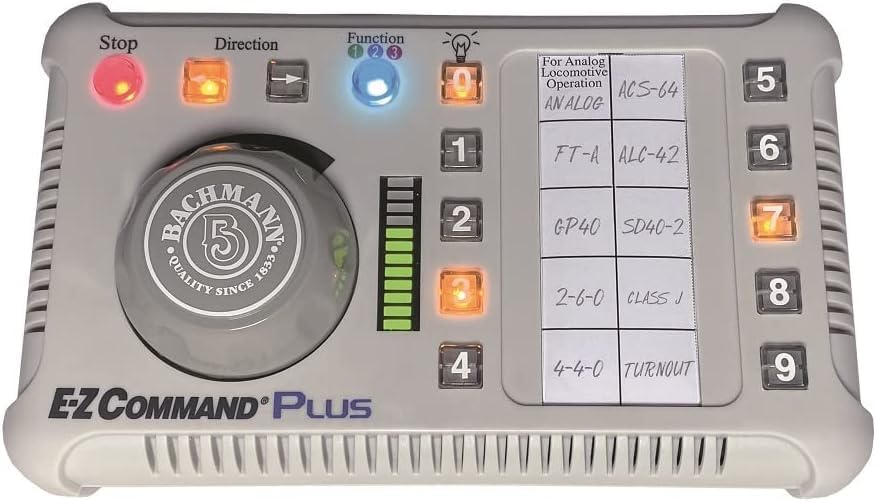
How Does the Control System Work?
Whether you choose DC or DCC, your layout will have a control system at its core—usually a power pack, throttle, or command station.
In a DC Setup
Your power pack (also called a throttle) connects to the track and directly adjusts voltage. If you want to run more than one train, you’ll need to divide your track into electrical blocks, each controlled separately. That’s where the wiring gets tricky.
In a DCC Setup
Your command station connects to the track and sends encoded messages. Locomotives listen for their unique ID and respond accordingly. The system might include:
- A command station (the brains)
- A booster (amplifies power)
- A throttle or handheld controller
Not sure which brand to choose? We break it down here:
Best DCC Controllers and Power Packs: Digitrax vs NCE vs Bachmann
How Is Power Delivered Through the Track?
Regardless of system, electricity is delivered through track wiring—and this is where many beginners get intimidated. Don’t be. Here are the basics:
The Rails Are the Conductors
- One rail carries the “positive” current.
- The other carries the “negative” return.
- The train’s wheels and motor pick up that electricity and convert it to motion.
Feeder Wires and Bus Wiring
A small layout might only need one or two feeder wires connecting the track to your controller. Larger layouts benefit from a bus wire system, where thick main wires run under the table and thinner feeders connect to the track every few feet. This ensures consistent power.
Not sure where to begin with wiring? These beginner-friendly wiring kits bundle common needs—like feeder wires and connectors—and are a great place to start your layout’s electrical setup: Explore model train wiring kits on Amazon
Connectors and Soldering
Some people use clip-on rail joiners; others prefer soldered connections for reliability. Either way, understanding the electrical path is essential for troubleshooting.
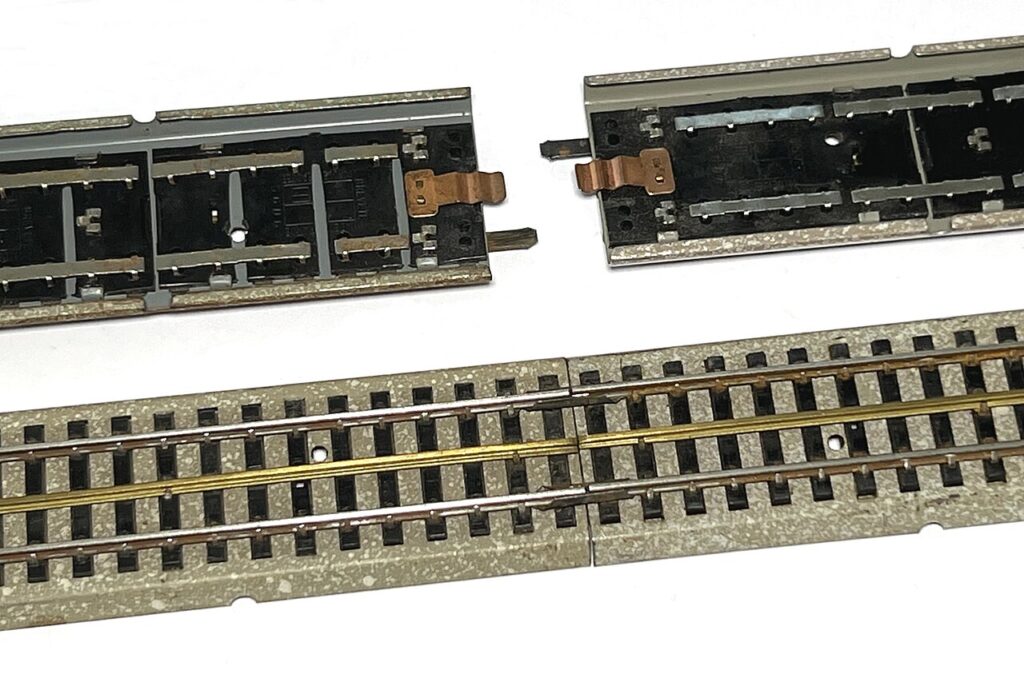
Can Model Trains Go Uphill?
Yes—but there are limits.
Model trains can handle inclines, but they require careful planning. Most hobbyists stick to a 2% grade or less, which means a 2-inch rise over 100 inches of track. Steeper grades are possible but come with trade-offs.
Key Factors That Affect Grade Performance
- Locomotive weight: Heavier engines have better traction.
- Train length: The more cars you’re pulling, the harder it is to climb.
- Track curve radius: Tight curves on a hill increase resistance.
- Traction tires: Some engines include rubber traction bands on the wheels for better grip.
If your train consistently struggles on inclines—or derails—it may be worth reviewing your layout or locomotive weight. You can learn more in our troubleshooting guide: Why Your Model Train Keeps Derailing — And How to Fix It
What About Sound and Lights?
In DC systems, lights and sound are either always on or tied to voltage. In DCC systems, these features are programmable. You can:
- Trigger whistle or horn sounds
- Control headlights independently
- Program acceleration and braking delays
DCC-equipped engines with sound decoders can create immersive layouts, especially when paired with ambient speakers or scenery that reflects sound directionally.
Looking for a set with built-in sound and DCC functionality? Here’s a popular and reliable option
Final Thoughts
Understanding how model trains work is the foundation for building a reliable and enjoyable layout. While the technical aspects might seem daunting at first, remember: every expert once started as a beginner.
Start small, learn the basics of power, control systems, and wiring, and you’ll avoid many common frustrations. As you progress, consider upgrading to DCC for a more flexible and immersive experience.
Whether you’re building your first loop of track or wiring a full basement empire, knowing how your trains actually work will help you enjoy the hobby with fewer headaches.

